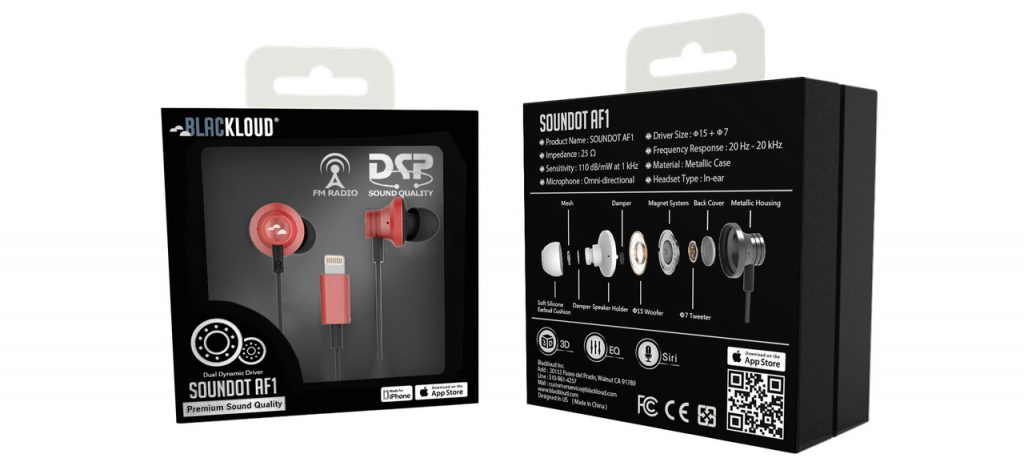
(Source: Contributor Sam Matheny via the NAB Blog)
In recent months, the Southeast U.S., Puerto Rico and the U.S. Virgin Islands have been pummeled by Hurricanes Harvey, Irma, and Maria. The wildfires in California have been equally devastating. These storms and fires have wreaked havoc on communications networks and challenged public safety officials’ ability to get lifeline information to affected residents.
At a time when many Americans have come to rely on their smartphones, massive cellular outages were suffered from Texas to Florida on an even greater scale than in Superstorm Sandy five years ago, and California has also suffered major outages in key locations. In Puerto Rico and the Virgin Islands, it may take weeks and even months to fully restore cellular service because of the damage to the electric grid. This has been a painful reminder of the need for a redundant and pervasive communications infrastructure, especially in times of disaster and emergency.
Radio, television, cellular, satellite, and other communications networks all have a role to play in a crisis. In the wake of these storms, a passionate discussion about activating FM radio in smartphones – and, specifically, Apple’s iPhone – has emerged. This discussion was started by those most impacted by Irma when the South Florida Sun-Sentinel editorialized on the issue and Senator Bill Nelson of Florida called for activating FM chips in smartphones. FCC Chairman Ajit Pai also issued a public statement calling for Apple to activate FM chips to promote public safety and FCC Commissioner Jessica Rosenworcel also weighed in with her support.
There has been a good bit of technical back and forth since these calls to “light up the chip,” and this is my effort to try and set the record straight.
Here is the BLUF – Bottom Line Up Front
Apple has built and offered a wonderful FM app in their iPod Nano for many years. They know how to make FM work, and work well, in their mobile devices. Apple even wrote its own Nano app that allows the user to pause live radio and buffer up to 15 minutes of content.
However, Apple has specifically chosen not to offer this functionality in their iPhone. Indeed, Apple has disabled FM chips despite the capability being available on the communications module within the iPhone. This means other app developers cannot offer FM apps either.
Apple CEO Tim Cook hails from Mobile, Alabama and attended Auburn University. Mobile has been impacted by at least 10 different hurricanes since 1969 and that was prior to Nate, which brought a nearly six-foot storm surge and flooding, so I have to believe Mr. Cook has a personal appreciation for the damage these storms can inflict. We invite him and Apple to reconsider activating FM radio in iPhones, and we stand ready to work together to enable this important service.[…]
Continue reading the full article on the NAB blog.



